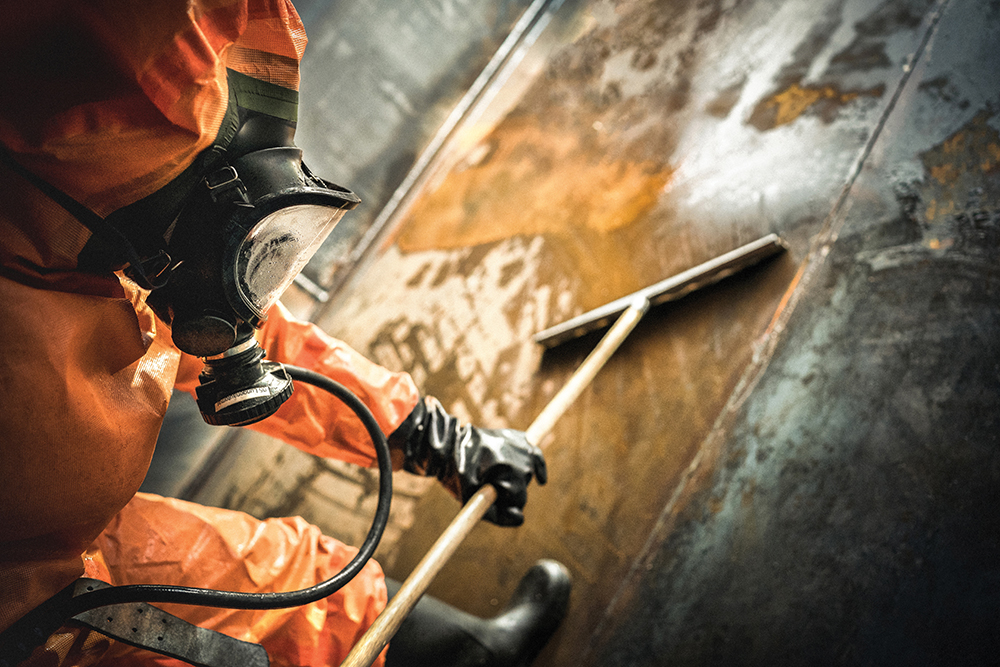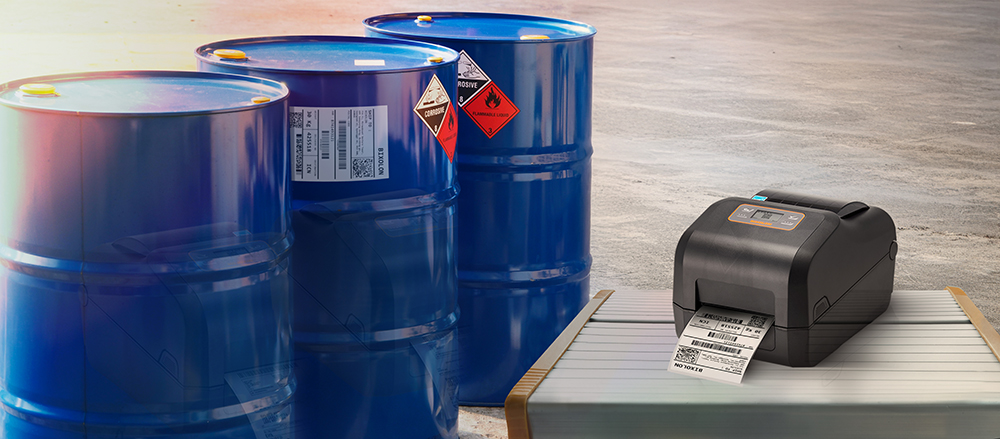Chemical spills can occur even if you have the strictest methods in place to prevent them. These can be costly, both directly and in the subsequent loss of business and reputation, so it pays to be prepared with a plan and an effective risk management strategy. In this article we’ll look at some real life incidents where costs, fines and damages could have been avoided or contained.
Should an incident occur on-site, doing nothing about it won’t save you money or make the problem go away. If the incident happens off-site, for example during transport, other parties may quickly be involved. These include the emergency services, the local authority, highways or environmental and other regulatory agencies. Having your own emergency procedures and back-up plans in place can help you to keep control of the incident – and the costs.
Direct costs can escalate quickly, even into millions of pounds. This can be from loss of business, the breadth of the clean-up operation, or from fines imposed by regulators. Harder to quantify but just as critical are the possible effects on reputation. Below are some published examples of incidents that resulted in fines and reputational damage:
Perrywood Garden Centre and Nurseries Ltd was fined over £100,000 for health and safety offences in April 2017 when a member of staff developed breathing difficulties after clearing up spilled garden chemicals.
Ineos ChlorVinyls Limited was fined £166,650 after it admitted accidentally releasing sodium hydroxide into the Manchester Ship Canal while it was being loaded onto a ship berthed in the canal on 17 January 2012. The filter failed and 3.8 metric tonnes of the chemical escaped onto the jetty and 500 litres into the canal. The company appealed the fine and lost in 2016, generating more publicity around the original incident.
Solvent Resource Management Ltd was fined £150,000 after a steel tank collapsed during the early hours of 11 March 2009 at its facility in Rye, East Sussex, releasing 340 tonnes of hazardous solvents across the site and into a neighbouring yard. The Fire Service attended the scene and placed a 300-metre cordon around the site for two days. A later investigation by the HSE and the Environment Agency found that a part of the tank’s interior wall had eroded from 5mm thick to less than 1mm thick, leaving it too weak to hold the solvent and causing the tank to split.
All of these cases were avoidable. The first priority is to have a plan. Pollution Prevention Guidance documents 21 and 22 cover writing the plan and spill response respectively. Although PPG documents have officially been withdrawn in England and Wales, they remain available at www.netregs.org.uk/environmental-topics. PPG 21 has a template plan to follow. For example, listing contact details for the main stakeholders, including sources of specialist advice and clean-up. Getting the right help quickly keeps the incident under control and the final bill down.
One of your first calls could be to your insurer. For example, OAMPS has a High Hazard insurance product especially geared to dealing with incidents involving chemicals and oil and fuel products. The product includes a 24-hour incident reporting line to OHES Environmental. Calls are answered by the highly trained Incident Advisor team (most are chemists and qualified Dangerous Goods Safety Advisers or DGSA). After giving the initial advice they will organise a response to the incident. Chemical incident response is a specialist area, so it is important that the correct advice is given quickly and the right people called in with the necessary equipment, training and experience to ensure the incident is handled correctly.
OHES’s Incident Advisors are trained to ascertain the facts and risk assess the incident. This risk assessment considers (amongst other things) product hazards, quantities, location, remedial actions and the need to involve the emergency services. If the emergency services are in attendance it is crucial to provide key information to them quickly to avoid delays in the response. This information is usually supplied in the form of the product SDS, which the Incident Advisors can directly access if the company is subscribed to the 24-7 Emergency Advice service.
In dealing with 18,000 claims, there has not been a single prosecution where OHES provided the initial response.
Having the right back up in place will greatly mitigate the impact of any incident, however unlikely or unforeseen. Why take the chance of risking fines and damage to your reputation? Do you know who you would you call?









